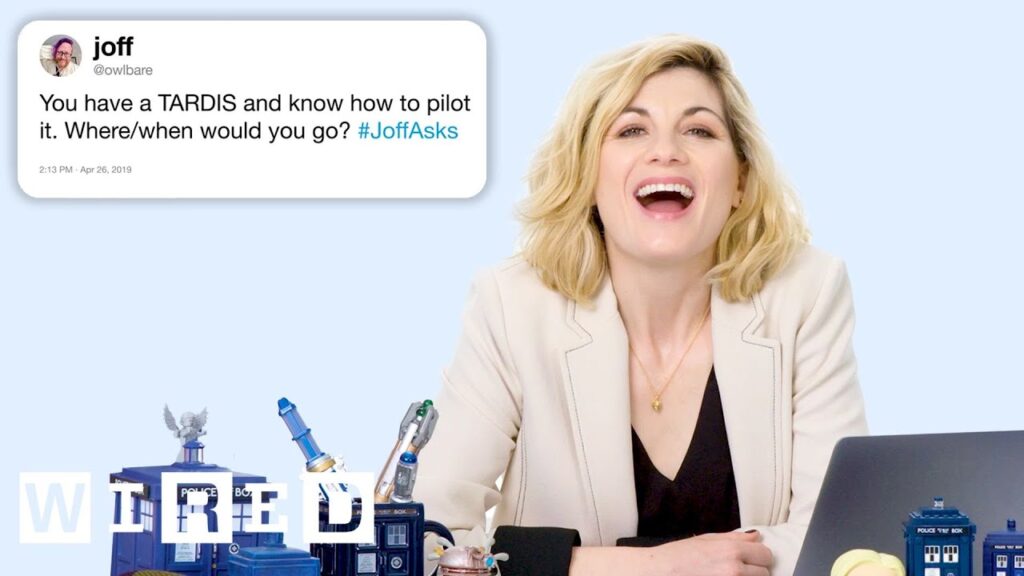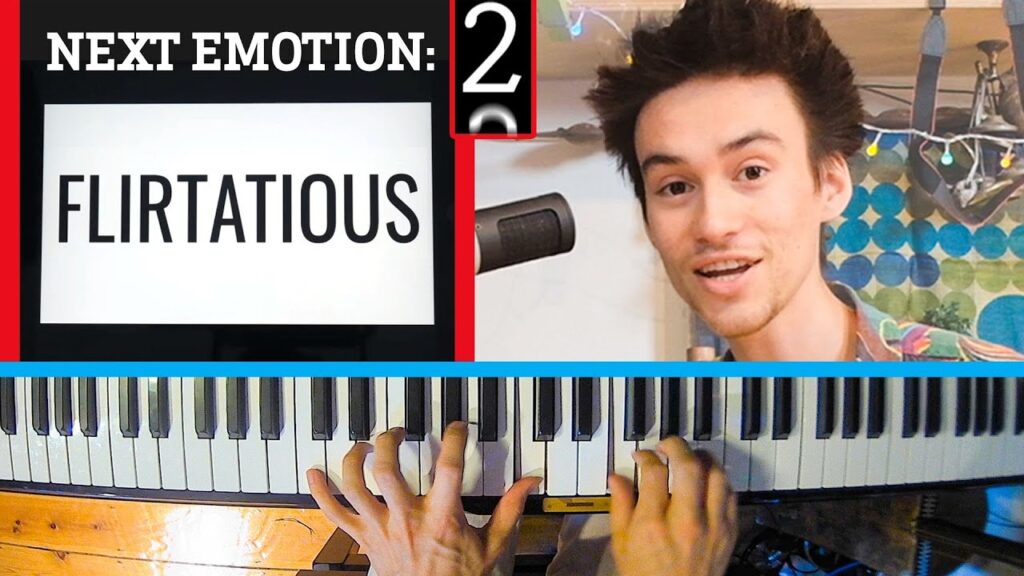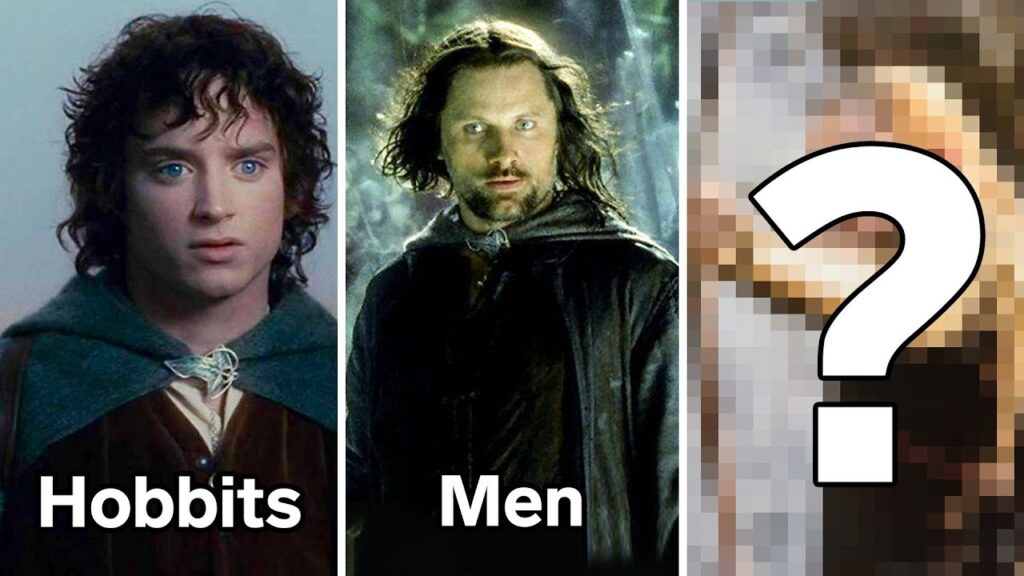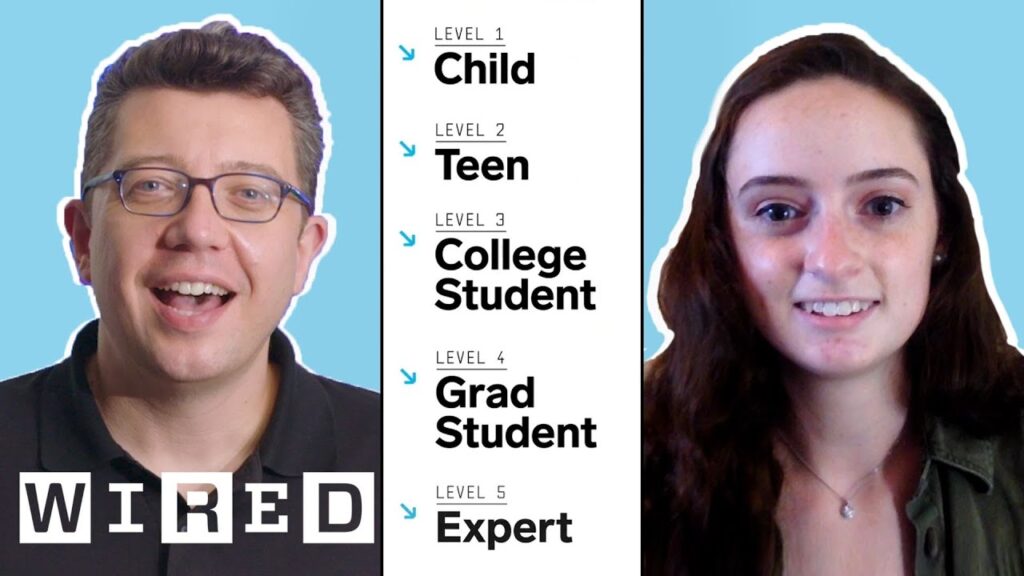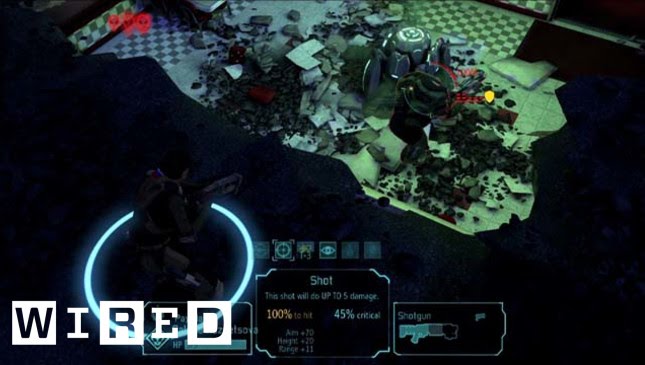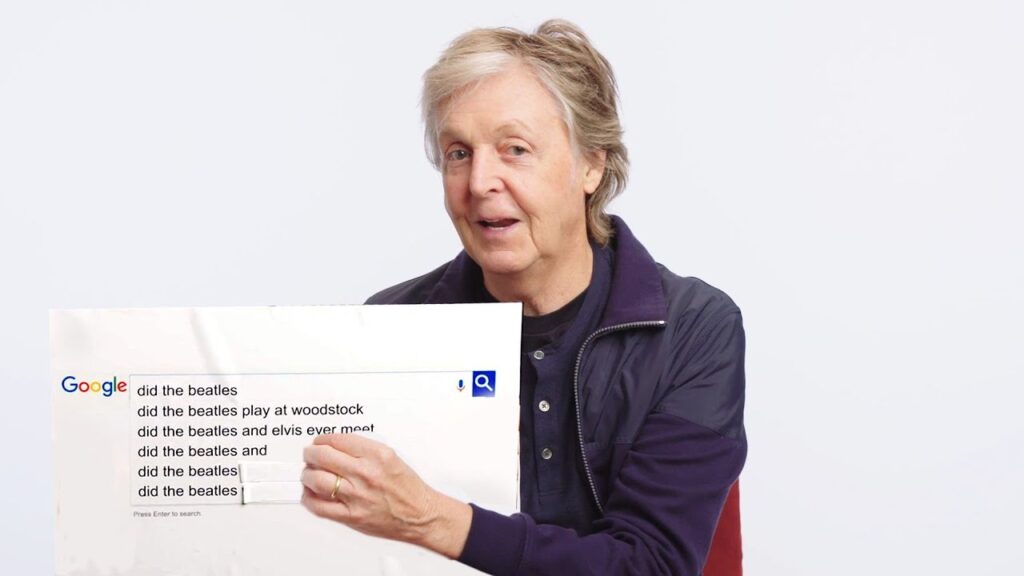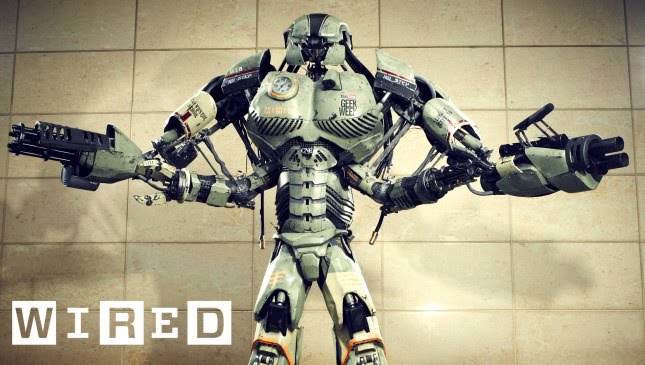The Making of the Younger Arnold Schwarzenegger in Terminator Genesis
Summary
In this article, we delve into the complexities of creating a younger version of Arnold Schwarzenegger in the movie Terminator Genesis. Visual effects company MPC used recent research into human faces and skin to create a digital double of the 1984 version of Arnold Schwarzenegger. The team used complicated skin shaders to fully ray trace the Terminator’s skin and model the way that light works on the surface of the skin, through the various epidermal and subdermal components, including blood flow. Schwarzenegger himself provided key fax poses that the team could use to help the younger digital version of the Terminator come to life.
Table of Contents
- The Challenge of Matching a Younger Arnold Schwarzenegger
- Creating a Digital Double
- Complexities of the Terminator’s Eye
- Shooting the Sequence
- Conclusion
The Challenge of Matching a Younger Arnold Schwarzenegger
Terminator Genesis is a time-travelling epic where the Terminator fights a younger version of himself. The challenge for MPC was to match such a well-known actor in close-up from such an iconic film with the real actor appearing right alongside. The team had to create a digital double of the 1984 version of Arnold Schwarzenegger.
Creating a Digital Double
MPC used recent research into human faces and skin to create a digital double of the 1984 version of Arnold Schwarzenegger. The team used complicated skin shaders to fully ray trace the Terminator’s skin and model the way that light works on the surface of the skin, through the various epidermal and subdermal components, including blood flow. The model was based on a head cast from the real actor taken in 1984, but then given dramatically more detail via macro photography and complex facial scanning of the real actor today. The full character was over a million polygons plus an additional third again, just for the eye, teeth, and the detail.
Complexities of the Terminator’s Eye
One of the most complex areas focused on was the Terminator’s eye, which was meticulously modeled. Schwarzenegger himself provided key fax poses that the team could use to help the younger digital version of the Terminator come to life. The team used 13 different types of hair, eyebrows, eyelashes, stubble, head hair, and more to create the character.
Shooting the Sequence
The sequence was shot mainly in New Orleans on a blue screen stage with a young actor Brett Azar standing in for the eye line and basic framing. But what you see on screen is all non-human, or should we say digital, just as it should be.
Conclusion
MPC’s incredible realization of the 1984 version of Arnold Schwarzenegger in Terminator Genesis is a testament to the team’s dedication and skill in creating realistic digital doubles. The team’s use of recent research into human faces and skin, complicated skin shaders, and meticulous modeling of the Terminator’s eye resulted in a character that seamlessly blends with the real actor on screen.
